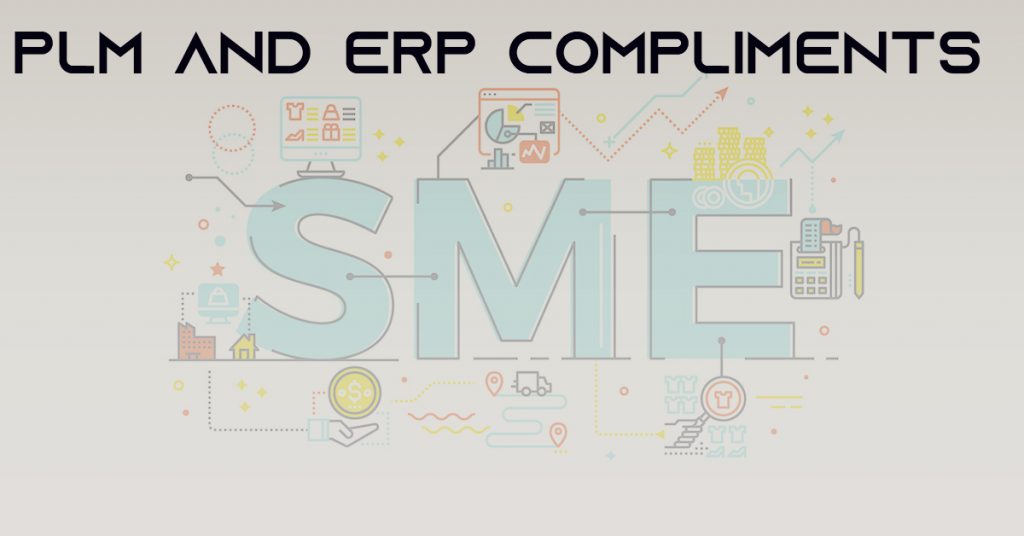
Product Lifecycle Management (PLM) capabilities like design data management together with bill of management (BOM) comprises of engineering BOM, manufacturing BOM, software BOM and Firmware, change process monitoring, supplier management, document management, manufacturing process management are necessary for new product design and development. In a similar way Enterprise Resource Planning (ERP) capability like BOM management (comprises of sales BOM, costing BOM), production planning, procurement, inventory management, sales order, shipping are main components of any manufacturers which cannot be ignored. In order to preserve and also align each of these complicated processes throughout an extended enterprise, a detailed preparation and also tracking tool is needed.
So, at what stage do SMEs need an PLM and an ERP system? Both systems can likewise automate crucial processes and maximize even more time to concentrate on ingenious development chances. One typical question occurs in the mind of decision makers of small to medium manufacturing enterprises is that to go ahead for cloud or on facilities have been asking for years. One of the significant incentives of a cloud-based system is that IT facilities and also its associated expenses are basically outsourced, eliminating entrepreneur of the obligations of upkeep. SMEs are in some cases a bit apprehensive to apply a cloud-based system, as a result of concerns connected to safety and decide to a hybrid approach instead.
Managing data access effectively is always a challenge in most of the enterprises. With an PLM and ERP system, this difficulty is overcome with using innovative version control, user management, access control.
PLM takes a thorough method to managing design and also development data with a system to exchange info with ERP. i.e., PLM takes care of design data and helps in identifying product compliance and also automates the business process by means of process and also procedure monitoring. Controls multi-user product collaboration as well as availability, throughout the extensive enterprise. PLM forms the resource of information to ERP. That data can transfer directly to the various other system and also notify its analyses, making for more exact information as well as predictions. Combining the two systems likewise virtually removes the chance of discrepancies existing in between them. With even more info concerning your process at the fingertips, it helps a lot more readily determine possible areas for improvement. By motivating information-sharing and communication between divisions, system integration can influence collaboration between departments that can lead to unforeseen service renovations.
Final Thoughts:
SME can jump onto the PLM along with ERP system bandwagon to run enterprise with long-term vision as well lasting development. Cloud-based SaaS PLM and ERP systems are a perfect answer for SME manufacturers because it alleviates the partnership in making throughout the entire supply chain. Several SMEs are missing out on the opportunities of digitalization and also globalization as well thus, not reaching their complete capacity. Despite the industry and enterprise size, real-time these enterprise applications can assist link people, process, data, suppliers and customers as well create a digital core for applying Industry 4.0 technologies. Being able to prioritize on the critical functions will aid SMEs take on, implement and evolve with PLM and ERP alone or combination of PLM along with ERP quicker.

